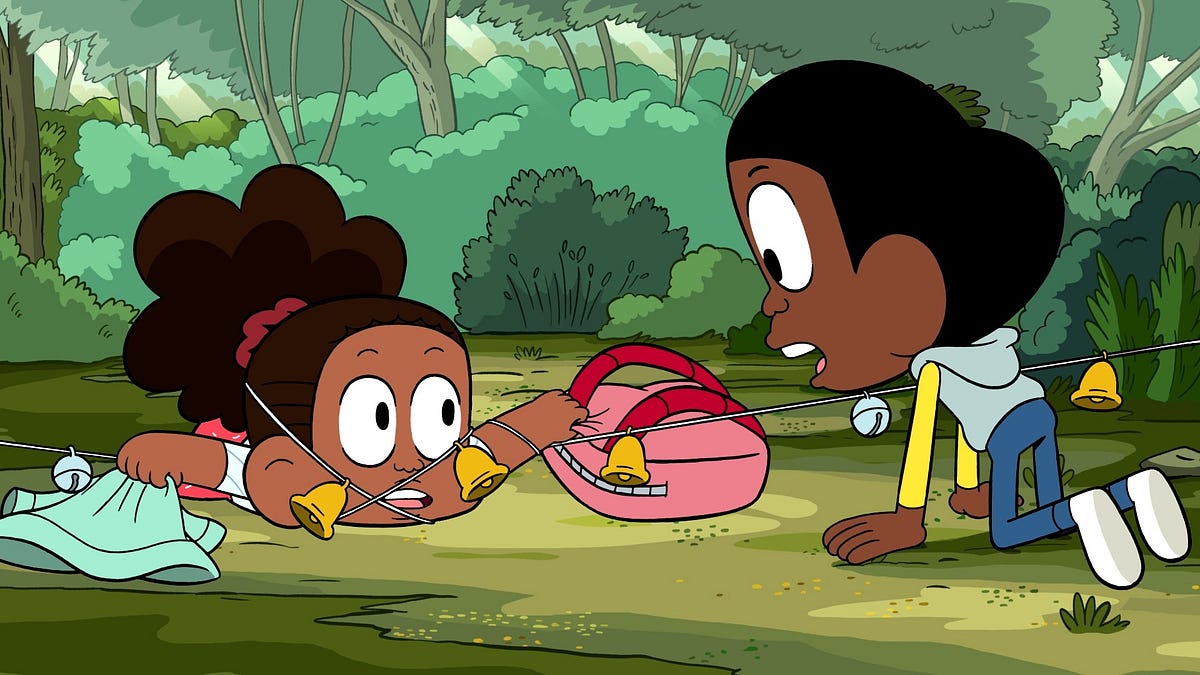The Evolution of African American Representation in Children’s Animation

From Stereotypes to Celebration: A Journey Through History
The landscape of children’s animation has undergone a remarkable transformation over the decades, particularly in how it portrays and includes African American characters and stories. What began as problematic stereotypes has evolved into authentic representation that celebrates Black culture, history, and experiences. This evolution reflects broader societal changes and the persistent efforts of Black creators to tell their own stories.
Early animation was marked by troubling caricatures that reinforced harmful stereotypes. Characters were often depicted with exaggerated features and relegated to servile or comic relief roles. These representations, common from the 1930s through the 1960s, did significant harm by normalizing stereotypes for young viewers of all backgrounds.
The 1970s marked a turning point with shows like “Fat Albert and the Cosby Kids,” which featured a predominantly Black cast of characters dealing with realistic urban issues. This groundbreaking kids animated show represented one of the first attempts to present African American youth authentically. Created by Bill Cosby before his fall from grace, the show incorporated educational elements while portraying Black children as multidimensional characters with agency and intelligence.
The 1990s saw further progress with shows like “Static Shock,” which featured Dakota Milestone, a Black teenage superhero navigating both crime-fighting and real-world issues including racism, gang violence, and peer pressure. Similarly, “The Proud Family” broke new ground in the early 2000s by centering on an African American family and their daily lives, incorporating cultural specificity while remaining accessible to all viewers. These educational cartoons helped normalize Black protagonists in animation while addressing important social issues.
Contemporary Animation and Authentic Representation
Today’s landscape features increasingly diverse and authentic portrayals of African American characters. Shows like “Craig of the Creek” feature Black protagonists in imaginative adventures that aren’t solely defined by their racial identity but still incorporate culturally specific elements. “Doc McStuffins,” featuring a young Black girl aspiring to be a doctor like her mother, has been praised for inspiring children of color to pursue medical careers.
Contemporary animation also explores more nuanced aspects of African American experiences. “We the People” uses animation to teach civics through music, including segments focusing on civil rights. “Hair Love,” which began as an Oscar-winning short film before expanding to a series, celebrates Black hair and father-daughter relationships.
The Impact of Streaming and Independent Creation
The streaming era has democratized content creation, allowing for more diverse stories. Platforms like WatchThis TV showcase series such as “The Adventures of Matthew Lofton-Lynch,” which follows an inquisitive 8-year-old Black boy on various adventures. Such shows provide Black children with characters who look like them while offering all children exposure to diverse protagonists.
Independent animators have also leveraged platforms like YouTube and social media to create content that major studios might have overlooked. Series like “Bino and Fino,” created by a Nigerian animator, teach children about African history and culture, filling gaps left by mainstream media.
Looking Forward: Challenges and Opportunities
Despite progress, challenges remain. African American characters still comprise a small percentage of animated protagonists, and behind-the-scenes representation among creators, writers, and animators remains disproportionately white. Studies show that authentic representation requires diverse creative teams.
The future holds promise, however, as more African American creators gain opportunities to tell their stories. Animation studios are increasingly recognizing the commercial and cultural value of diverse content. Programs like Cartoon Network’s Animation Mentorship Program specifically aim to develop underrepresented talent, including Black animators.
As we move forward, the continued evolution of African American representation in children’s animation will depend on supporting Black creators, demanding authentic stories, and recognizing that diverse content benefits all children. By seeing the world through different perspectives, young viewers develop empathy and a more complete understanding of our multicultural society.
